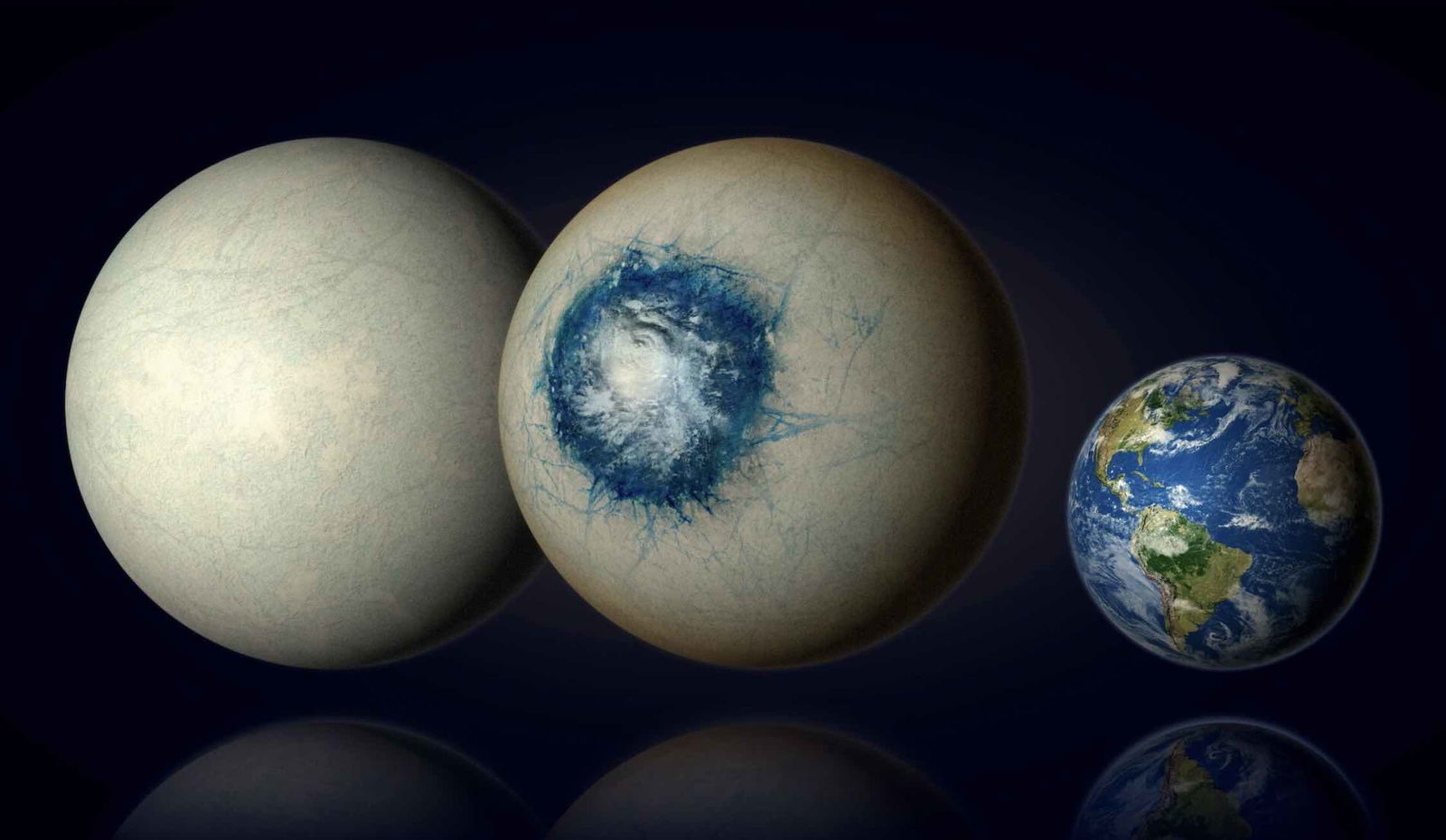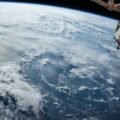New data obtained by NASA’s James Webb Space Telescope has helped identify what researchers are calling “one of the most promising habitable zone exoplanet candidates” yet discovered. The new data reveals what could also be a watery world that may be home to alien lifeforms.
The newly discovered exoplanet LHS 1140 b is believed to be a likely candidate planet for habitable conditions, including an atmosphere and the potential for a liquid water ocean.
The research, led by researchers with the University of Montreal, reveals that LHS 1140 b is unlikely to be a small gas giant or “mini-Neptune,” constituting a large, mostly gaseous planet with a thick atmosphere abundant in hydrogen.
The data was collected by the Webb telescope last December and built on previous data collected by NASA’s Hubble Space Telescope, as well as the Spitzer and TESS telescopes.
Ryan MacDonald, a NASA Sagan Fellow in the University of Michigan’s Department of Astronomy and one of the participants in the recent research, said the discovery “is the first time we have ever seen a hint of an atmosphere on a habitable zone rocky or ice-rich exoplanet.”
“Detecting atmospheres on small, rocky worlds is a major goal from JWST, but these signals are much harder to see than for giant planet atmospheres,” he added.
MacDonald, who played a significant role in analyzing LHS 1140 b’s atmosphere, says that LHS 1140 b represents one of the best small exoplanets astronomers have discovered in the habitable zone so far, given that it can support a thick atmosphere.
“[W]e might just have found evidence of air on this world,” MacDonald said in a statement.
A Captivating Habitable Zone Exoplanet Discovery
One reason LHS 1140 b has astronomers talking has to do with how close it is. At just 48 light-years away within the constellation Cetus, LHS 1140 b is likely one of the closest exoplanets to our solar system that also resides within its host star’s habitable region, sometimes also known as the “Goldilocks Zone” since such planets can offer temperatures suitable for the existence of liquid water, as opposed to its frozen or gaseous states.
However, there are still a number of questions about LHS 1140 b, including its size. Astronomers are hoping to determine if the exoplanet is indeed a rocky or water-rich super-Earth or if it might still be a gas-rich mini-Neptune after all.
Charles Cadieux, a doctoral student at the University of Montreal and the lead author of a new study on the promising exoplanet discovery, says that LHS 1140 b presently represents what may be “our best bet to one day indirectly confirm liquid water on the surface of an alien world beyond our solar system.”
Such a discovery, if confirmed, would be “a major milestone in the search for potentially habitable exoplanets,” Cadieux said.
A Super-Earth or a Mini-Neptune?
Although many aspects of LHS 1140 b’s size and nature remain mysterious, some of the data recently obtained with help from the James Webb Space Telescope seem to contradict the idea that the exoplanet is a mini-Neptune. Specifically, the team points to evidence that suggests LHS 1140 b has an atmosphere rich in nitrogen, making it similar to Earth.
Additional data will be required from future observations by Webb before the exoplanet’s nitrogen-rich atmosphere can be confirmed. However, one of the more promising details in the current data suggests that LHS 1140 b possesses less density than what astronomers would expect for a rocky planet with a composition like Earth’s, which could mean that as much as a fifth of the planet’s mass could consist of water.
In other words, LHS 1140 b could be a water world, which astronomers say may likely resemble a snowball. A liquid ocean may exist on the portion of its surface that continually faces its host star, given that it possesses a synchronous rotation similar to that of our own planet’s Moon, with one side constantly facing the Earth.
Current estimates suggest that if LHS 1140 b is indeed a snowball super-Earth or a water world, it may possess a “bull’s eye” ocean on its star-facing side that would be roughly half the surface area of the Atlantic Ocean. Given its constant exposure to radiation from its nearby star, this bull’s eye of liquid water ocean would also maintain a regular estimated temperature of around 20 Celsius (68 Fahrenheit).
A Glimpse at a Habitable World
“This is our first tantalizing glimpse of an atmosphere on a super-Earth in the habitable zone,” MacDonald said of his team’s discovery, which they believe to be one of the best candidates ever discovered for such habitability studies. Compared with other potentially habitable exoplanets, the relatively calm state of its host star also makes studies of LHS 1140 b’s atmosphere less likely to suffer from interference resulting from starspots.
Although MacDonald says that initial observations are extremely promising, additional observations by the Webb telescope will help astronomers confirm whether the exoplanet does possess a nitrogen-rich atmosphere.
For now, MacDonald and his team are excited about what their current findings seem to have revealed.
“Our initial reconnaissance of LHS 1140 b with JWST has revealed this to be perhaps the best habitable zone exoplanet currently known for atmospheric characterization,” MacDonald said.
Micah Hanks is the Editor-in-Chief and Co-Founder of The Debrief. He can be reached by email at micah@thedebrief.org. Follow his work at micahhanks.com and on X: @MicahHanks.

